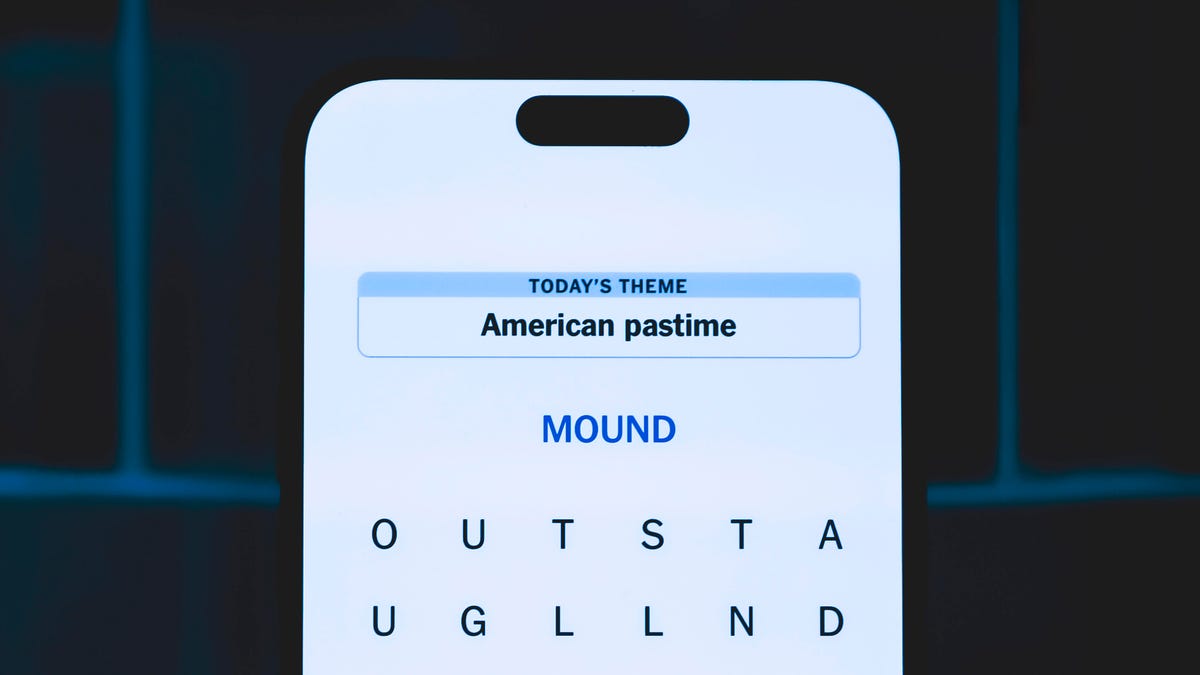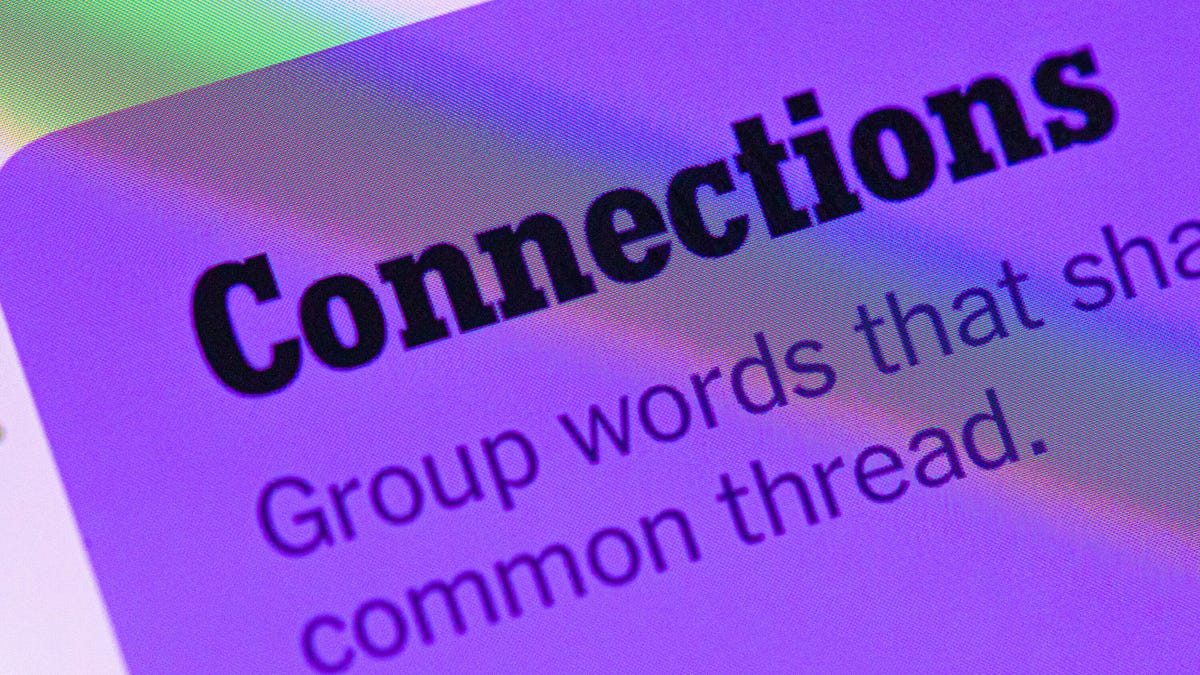Technologies
Best VR Headsets of 2022
Guess what? The Quest 2 still remains the best.

VR still isn’t an essential experience for anyone, but it can be a lot of fun and surprisingly useful at times. The hardware, however, is currently in transition. Sony’s $550 PSVR 2, which requires a PlayStation 5, arrives Feb. 22 but is available for preorder. There’s been a wave of new VR headsets lately, including the $1,500 Meta Quest Pro and the not-available-in-the-US Pico 4. Apple’s rumored headset should be on its way in 2023, along with the Quest 3. And yet, right now, the 2-year-old Meta Quest 2 is still by far the best choice. Right now, a couple of our favorite VR headsets also have Black Friday sales: the Quest 2 and HP Reverb G2.
The cost of a new VR headset might be going up these days, and the $400 Quest 2 jumped up in price earlier this year (it used to be $299, but is back on sale for $350 in a limited Black Friday bundle). Even so, it still offers a completely wireless experience, with access to a great library of fantastic games like Resident Evil 4 and The Walking Dead: Saints & Sinners. It can also be connected to a PC to play titles like Half-Life: Alyx, or run a variety of PC VR applications. Meta keeps improving its software over time with added extras.
Anyone in the VR/AR industry looking to explore next-gen face tracking or mixed reality might consider the Quest Pro, but its high price means it won’t make sense for anyone else right now. Keep in mind, Meta is releasing the Quest 3 next year, at a price expected to be similar to the Quest 2 and possibly with some features that are on the Quest Pro. (The Pico 4 gives some hints of how the Quest 3 could be upgraded.) You might want to wait for it, or for the other VR headsets on the horizon.
Apple is expected to have some form of advanced VR/AR headset next year that could also be super expensive. Sony’s PlayStation VR 2, also coming in 2023, requires a PlayStation 5 but has fantastic new controllers and could boast unique games. And in the meantime, we may see more experimental, phone-connected headsets like the HTC Vive Flow start to pop up.
VR in 2022 remains an impressive but still limited proposition. Thanks to tremendous advancements in the visuals, tracking and overall performance of VR hardware, the best VR headset options have become more realistic and immersive. More advanced metaverse platforms and social worlds have given VR owners more to explore, too. Even so, VR still hasn’t become a necessary product for most people.
VR’s strongest applications tend to be gaming and fitness. For fitness, a standalone headset like the Quest 2 is practically mandatory, to avoid wire tangles and make sure you can move around. (The Quest 2 also has a fitness tracker app and syncs with Apple Health.)
Will you want a headset that works with your phone? Qualcomm’s been making headway on a wave of VR and AR headsets that plug right into phones, but at the moment the software for these devices is a work in progress. Neither Google nor Apple really supports VR at a seamless system level for phones yet, meaning devices have to figure out awkward solutions.
If you’re a PC gamer,a PC-connected VR headset still offers the most versatile collection of software for an immersive VR experience, and also lets you use that headset for creative and business tools. Note that a more powerful VR systemwill still be largely tethered to a desktop or laptop and may require external sensors.
And what about console gaming? The aging PlayStation VRstill exists, but you’re better off waiting for the PSVR 2 if you have a PS5.
We update this best VR headset list periodically, but note that prices are subject to change.
VR FAQs
More for gamers
Technologies
Today’s NYT Strands Hints, Answers and Help for Nov. 28 #635
Here are hints and answers for the NYT Strands puzzle for Nov. 28, No. 635.

Looking for the most recent Strands answer? Click here for our daily Strands hints, as well as our daily answers and hints for The New York Times Mini Crossword, Wordle, Connections and Connections: Sports Edition puzzles.
Today’s NYT Strands puzzle is pretty tricky. If you’re not familiar with certain superstitious beliefs, you might not find all the answers. And some of the answers are difficult to unscramble, so if you need hints and answers, read on.
I go into depth about the rules for Strands in this story.
If you’re looking for today’s Wordle, Connections and Mini Crossword answers, you can visit CNET’s NYT puzzle hints page.
Read more: NYT Connections Turns 1: These Are the 5 Toughest Puzzles So Far
Hint for today’s Strands puzzle
Today’s Strands theme is: If all else fails…
If that doesn’t help you, here’s a clue: Don’t tell, it won’t come true.
Clue words to unlock in-game hints
Your goal is to find hidden words that fit the puzzle’s theme. If you’re stuck, find any words you can. Every time you find three words of four letters or more, Strands will reveal one of the theme words. These are the words I used to get those hints but any words of four or more letters that you find will work:
- GLUB, RATS, TARN, DALE, FONT, FOUNT, LASH
Answers for today’s Strands puzzle
These are the answers that tie into the theme. The goal of the puzzle is to find them all, including the spangram, a theme word that reaches from one side of the puzzle to the other. When you have all of them (I originally thought there were always eight but learned that the number can vary), every letter on the board will be used. Here are the nonspangram answers:
- DANDELION, STAR, COIN, FOUNTAIN, LADYBUG, EYELASH
Today’s Strands spangram
Today’s Strands spangram is MAKEAWISH. To find it, start with the M that’s three letters down on the far right, and wind backwards.
Technologies
Today’s NYT Connections Hints, Answers and Help for Nov. 28, #901
Here are some hints and the answers for the NYT Connections puzzle for Nov. 28, #901.

Looking for the most recent Connections answers? Click here for today’s Connections hints, as well as our daily answers and hints for The New York Times Mini Crossword, Wordle, Connections: Sports Edition and Strands puzzles.
Today’s NYT Connections puzzle is kind of tough. If you need help sorting the answers into groups, you’re in the right place. Read on for clues and today’s Connections answers.
The Times now has a Connections Bot, like the one for Wordle. Go there after you play to receive a numeric score and to have the program analyze your answers. Players who are registered with the Times Games section can now nerd out by following their progress, including the number of puzzles completed, win rate, number of times they nabbed a perfect score and their win streak.
Read more: Hints, Tips and Strategies to Help You Win at NYT Connections Every Time
Hints for today’s Connections groups
Here are four hints for the groupings in today’s Connections puzzle, ranked from the easiest yellow group to the tough (and sometimes bizarre) purple group.
Yellow group hint: Appropriate.
Green group hint: I win!
Blue group hint: Musical instrument.
Purple group hint: Time to talk.
Answers for today’s Connections groups
Yellow group: Fitting.
Green group: Achieve victory over.
Blue group: Parts of an electric guitar.
Purple group: Phonetic elements of speech.
Read more: Wordle Cheat Sheet: Here Are the Most Popular Letters Used in English Words
What are today’s Connections answers?
The yellow words in today’s Connections
The theme is fitting. The four answers are fair, just, proper and right.
The green words in today’s Connections
The theme is achieve victory over. The four answers are beat, best, take and worst.
The blue words in today’s Connections
The theme is parts of an electric guitar. The four answers are fret, peg, pickup and string.
The purple words in today’s Connections
The theme is phonetic elements of speech. The four answers are intonation, loudness, rhythm and stress.
Technologies
Anker’s New MagSafe Car Mount Keeps Your Phone Cool While Charging, and It’s 30% Off for Black Friday
Get wired-like charging speeds and MagSafe compatibility with Anker’s wireless car charging bundle for $62.99.
Black Friday is the best time of the year to upgrade the little essentials that make your everyday tech life more pleasant. I’ve found the perfect deal to amp up the phone charging setup in your car. This Anker MagSafe wireless car charging bundle is 30% off for the holidays, and it gives your iPhone a fast and steady way to power up while you navigate. It delivers up to 25-watt wireless charging speeds and with onboard active cooling, your phone stays comfortable to the touch.
Get it now for $62.99 verses the list price of $89.99.
What sets this charger apart is that its performance and cooling tech is built into a surprisingly compact package. The stand uses an ultra-strong Qi2 magnetic lock to keep your phone secure through bumps and turns. You can even tilt the mount and switch between portrait and landscape modes for navigation without blocking the view. The bundle has everything you need to get started including a 60-watt dual-USB-C charger, an adequately long USB-C cable, and cable organizers for a clean setup. Anker also includes a two-year warranty for peace of mind.
If you are getting your car prepped up for driving to a holiday vacation or just need a faster charging mount for your daily commute, this deal makes a lot of sense. CNET’s experts are also tracking more Black Friday and Cyber Monday picks across Apple products, headphones, and more, so you can score more savings before the sales season wraps up.
MOBILE DEALS OF THE WEEK
-
$749 (save $250)
-
$475 (save $175)
-
$499 (save $300)
-
$900 (save $400)
Why this deal matters
A high quality charger is a great addition to any car to speedily top up your phone on the go. You will especially want to look out for options from a top-tier brand like Anker for its fast charging speeds and reliability. This Black Friday deal is an excellent opportunity to save big on a staple car accessory. With holiday shopping heating up and tech accessories being one of the most popular categories, we expect the deal to sell out quick. So don’t wait too long before jumping on it.
Don’t miss any of our unbiased tech content and lab-based reviews. Add CNET as a preferred Google source.
Join Our Daily Deals Text Group!
Get hand-picked deals from CNET shopping experts straight to your phone.
By signing up, you confirm you are 16+ and agree to receive recurring marketing messages at the phone number provided. Consent is not a condition of purchase. Reply STOP to unsubscribe. Msg & data rates may apply. View our Privacy Policy and Terms of Use.
-

 Technologies3 года ago
Technologies3 года agoTech Companies Need to Be Held Accountable for Security, Experts Say
-

 Technologies3 года ago
Technologies3 года agoBest Handheld Game Console in 2023
-

 Technologies3 года ago
Technologies3 года agoTighten Up Your VR Game With the Best Head Straps for Quest 2
-

 Technologies4 года ago
Technologies4 года agoBlack Friday 2021: The best deals on TVs, headphones, kitchenware, and more
-

 Technologies4 года ago
Technologies4 года agoVerum, Wickr and Threema: next generation secured messengers
-

 Technologies4 года ago
Technologies4 года agoGoogle to require vaccinations as Silicon Valley rethinks return-to-office policies
-

 Technologies4 года ago
Technologies4 года agoOlivia Harlan Dekker for Verum Messenger
-

 Technologies4 года ago
Technologies4 года agoiPhone 13 event: How to watch Apple’s big announcement tomorrow
